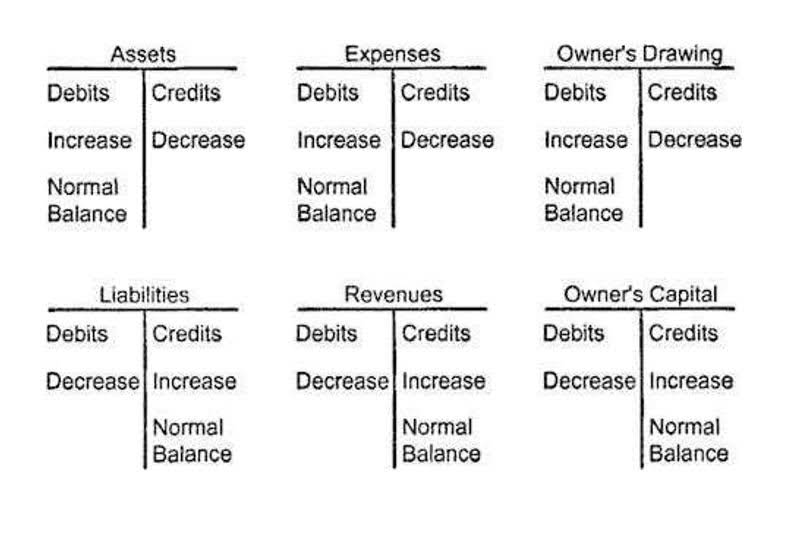The Cognitive Behavioral Model of Addiction explores this in depth, showing how our thoughts and behaviors intertwine in the addiction process. Mental health disorders and addiction often go hand in hand, like peanut butter and jelly – except far less delicious and far more destructive. Depression, anxiety, PTSD – these conditions can both contribute to and be exacerbated by addiction. Addiction isn’t just a matter of weak willpower – it fundamentally changes how our brains work. The Biological Model of Addiction delves deep into these neurobiological changes. Addiction throws a wrench in the works, causing the machine to malfunction and demand more and more of the substance to function.
Dynamics of drug dependence: implications of a conditioning theory for research and treatment
Robert K. Merton observed that, “In the modern world, the visibly practical accomplishments of a science largely affect the social value placed upon it” (Merton 1961, 697). Media headlines such as “Brain’s Addiction Centre Found” (BBC 2007) speak to the power of neuroscience and its ability to construct images of the brain, such that it has become easy to defer to its account of the complex phenomena that constitute addiction. Neuroethics challenges arise when knowledge exclusively from neuroscience is deemed adequate to obtain a full understanding of a mental health disorder as complex as addiction. While the practicality of biopsychosocial systems model may allow for a more integrative explanation for addiction, it does not explain addiction entirely. Indeed, there is no single theory or approach that can offer a complete explanation for the existence of any social problem (Merton 1961). Moreover, the model does not solve the problem of free choice, as the model still, even at the systems (macro) level, has causally sufficient preceding conditions.
- The way we think about ourselves, our substance use, and the world around us can either fuel addiction or help us overcome it.
- In fact, San Francisco reported a higher cannabis use rate than Amsterdam (Reinarman, Cohen and Kaal 2004).
- Thus it is the limited option for choice that is one prevailing variable, not only the reduced ability to choose alternatively.
- The notion of addiction as a brain disease is commonly criticized with the argument that a specific pathognomonic brain lesion has not been identified.
- We readily acknowledge that in some cases, recent critiques of the notion of addiction as a brain disease as postulated originally have merit, and that those critiques require the postulates to be re-assessed and refined.
Neuroethics and the Brain Disease Model
Additionally, as an integral component of interpersonal functioning within psychosocial well-being, maladaptive coping style and social maladjustments stemming from excessive ST received limited attention 24. Engagement in screen activities often signifies an inclination towards a negative avoidant coping style, which plays a vital role in psychosocial well-being 24. According to existing evidence, positive/negative coping style is a significant mediator between screen-based activities and mental health 24, 25. Therefore, research focusing on the association between ST and comprehensive psychosocial well-being among Chinese adolescents warrants further investigation. However, a heritability of addiction of ~50% indicates that DNA sequence variation accounts for 50% of the risk for this condition. Once whole genome sequencing is readily available, it is likely that it will be possible to identify most of that DNA variation.
![]()
Peer review

It’s like trying to solve a Rubik’s cube – you can’t just focus on one side, you have to consider how each move affects the whole. It’s like using a sledgehammer to swat a fly – it might work in the short term, but it’s going to cause a lot of damage in the process. Giordano, A. L., Prosek, E. A., Stamman, J., Callahan, M. M., Loseu, S., Bevly, C. M., Cross, K., Woehler, E. S., Calzada, R.-M. R., & Chadwell, K. Material preparation, data collection and analysis were performed by WXW, WQJ, LG, LWZ, YZL, and WJL.

We examine heroin-assisted https://allmedbook.ru/search/?q=%28%D0%B2%D0%BE%D0%BF%D1%80%D0%BE%D1%81%D1%8B;t=1;p=26;md= treatment as an applied case example within our framework. We conclude with a discussion of the model and its implications for drug policy, research, addiction health care systems and delivery, and treatment of substance use problems. A premise of our argument is that any useful conceptualization of addiction requires an understanding both of the brains involved, and of environmental factors that interact with those brains 9. These environmental factors critically include availability of drugs, but also of healthy alternative rewards and opportunities. As we will show, stating that brain mechanisms are critical for understanding and treating addiction in no way negates the role of psychological, social and socioeconomic processes as both causes and consequences of substance use.

Interactions between Psychological, Social, and Biological Factors
- Likewise, social models may lack the precision needed to develop targeted interventions.
- These changes may be attributable to the adverse influence of the Internet and social media overuse on social behaviors.
- Accordingly, the matrix of a person’s socio-historical context, life narrative, genetics, and relationships with others influence intention, decision, and action, and thus shape the brain.
- In scientific and clinical usage, addiction typically refers to individuals at a moderate or high severity of SUD.
- Since 1997, the Bio-Psycho-Social Model, proposed by George Engel, attracted the interest of clinical researchers as well epistemologists and was recognized as a turning point in the culture and praxis of medical diagnosis and treatments.
They are vital https://getbestdrone.com/44-cool-devices-our-choose-of-the-best-new-tech-for-2023/ tools in our ongoing battle against substance abuse and compulsive behaviors. By continuing to refine and integrate these theories, we can hope to develop ever more effective strategies for prevention, treatment, and support. The tapestry of addiction theory may never be complete, but each new thread we add brings us closer to a fuller, richer understanding of this complex human experience. A tangled web of biology, psychology, and social influences lies at the heart of addiction, a complex and multifaceted disorder that has long perplexed scientists and devastated countless lives. This intricate interplay of factors forms the foundation of the biopsychosocial model of addiction, a comprehensive framework that seeks to unravel the mysteries of substance use disorders and pave the way for more effective treatments. While there is no explanation of the contributors to the use of substances that progress into abuse and dependency, providers should tap into several disciplines to provide holistic care.
Behavioral analysis of drug dependence
- It’s a bit like trying to fix a leaky roof with duct tape – it might seem to work in the short term, but it’s not addressing the real problem.
- The complex behaviour contributes both positive and negative feedback, and thus affects how the complex behaviour emerges.
- However, they thought, like many other ancient civilizations, that the heart performs these functions, not the brain.
- Present-day criticism directed at the conceptualization of addiction as a brain disease is of a very different nature.
It’s like recognizing that whether you’re addicted to chocolate, gambling, or heroin, the brain’s reward system is playing a similar tune. Stepping back from the individual, sociocultural theories remind us that we don’t exist in a vacuum. Our environment, culture, and social circles all play a role in shaping our relationship with substances and potentially addictive behaviors. As we continue to explore and refine our understanding of addiction through various Theories of Addiction, the biopsychosocial model stands as a testament to the power of integrative, holistic thinking.
Sociocultural theories explore the influence of https://mttx.ru/podklyuchaetsya-telefon-kak-modem-kak-ispolzovat-smartfon-kak-modem-dlya/ cultural norms, peer pressure, and family dynamics on alcohol consumption. For example, in societies where drinking is glamorised, such as during celebrations or social gatherings, alcohol abuse becomes more prevalent. Social and environmental factors play a pivotal role in shaping drinking behaviours. Alcohol consumption is often reinforced by positive outcomes – such as relaxation or social acceptance – and the avoidance of negative ones, such as anxiety or stress. The deontological principle of respect for persons is a characteristic feature of harm reduction efforts such as HAT.
Neurobiological Theories of Addiction: A Comprehensive Review
However, the use of heroin stayed the same at 0.32% and above the national average of 0.30% (Oregon-Idaho HIDTA, 2018). Understanding substance use disorder, its significance, and how the application of the biopsychosocial model of addiction as an intervention is important when evaluating treatment and prevention goals. Some aspects are universal (e.g., the activation of the reward system by drugs of abuse).








